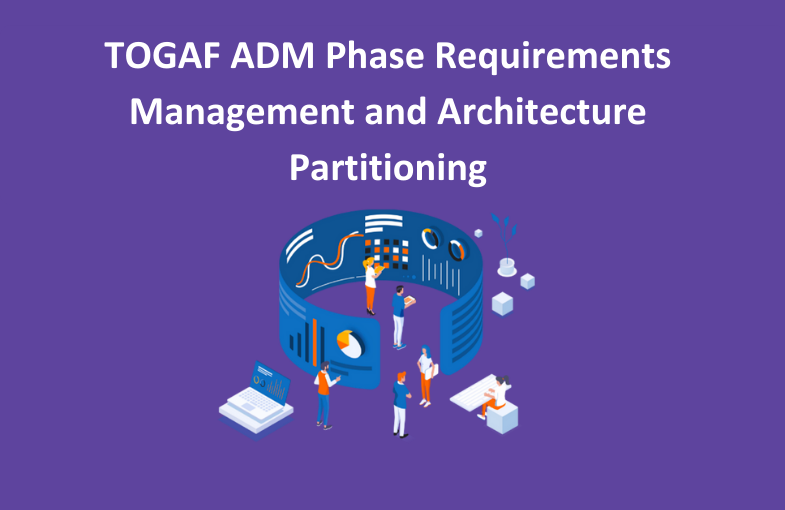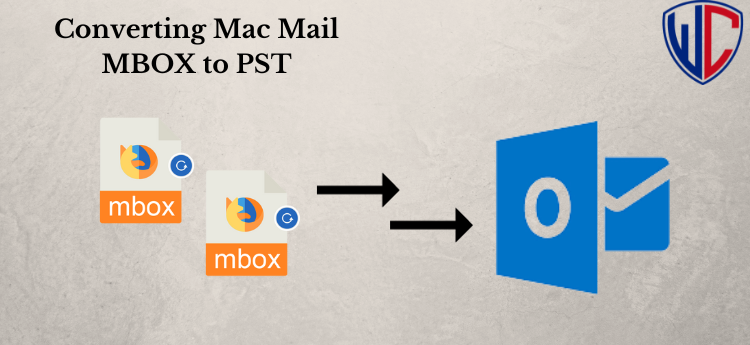The TOGAF Architecture Development Method (ADM) is a proven approach for designing, planning, implementing, and governing enterprise IT architecture. It provides a comprehensive framework that guides architects through the process of developing an enterprise architecture that meets business needs. In this blog, we’ll explore the two crucial phases of the TOGAF ADM: Requirements Management and Architecture Partitioning and explore their significance in the context of enterprise architecture development. Additionally, we’ll discuss the relevance of TOGAF Certification in mastering ADM and its phases.
Table of Contents
· Requirements Management in TOGAF ADM
· Architecture Partitioning in TOGAF ADM
· The Role of TOGAF Certification in Mastering ADM Phases
· Benefits of Effective Requirements Management
· Advantages of Architecture Partitioning
· Conclusion
Requirements Management in TOGAF ADM
The TOGAF ADM Requirements Management phase aims to identify and record the architectural, stakeholder, and business needs that will shape the enterprise architecture. During this stage, you will need to do the following:
Identifying Stakeholder Requirements: Architects work closely with stakeholders to identify and document their requirements, ensuring that the architecture meets the needs of the business and its stakeholders.
Defining Architecture Requirements: Based on the stakeholder requirements, architects define the architecture requirements that will guide the enterprise architecture development. The functional and non-functional components of the architecture, including scalability, security, and performance, are all part of these criteria.
Managing Requirements Changes: Throughout the ADM process, architects must effectively manage changes to the requirements, ensuring that any modifications are properly documented and aligned with the overall architecture vision.
By effectively managing requirements in the early stages of the ADM, architects can ensure that the resulting architecture meets the needs of the business and its stakeholders while being flexible enough to accommodate future changes.
Architecture Partitioning in TOGAF ADM
Partitioning the corporate architecture into smaller, more manageable pieces is the primary goal of the TOGAF Architecture Development Method (ADM) phase, known as Architecture Partitioning. During this stage, you will need to do the following things:
Identifying Architectural Components: Architects identify the architecture’s key components or building blocks and define their relationships and interactions.
Defining Partitioning Criteria: Based on the identified components, architects establish criteria for partitioning the architecture, such as functional areas, business units, or technology layers.
Developing Partitioned Architectures: Architects develop individual architectures for each partition, ensuring they are coherent, consistent, and aligned with the overall architectural vision.
By partitioning the architecture into manageable parts, architects can focus on developing each part independently, leading to faster implementation and easier management of complex architectures.
The Role of TOGAF Certification in Mastering ADM Phases
Those working in architecture and information technology who want to become proficient in the ADM and its stages would do well to get the TOGAF Certification. Experts in TOGAF certification have the background and training to implement the ADM in many real-world contexts, such as architecture partitioning and requirements management.
By obtaining TOGAF Certification, architects demonstrate their proficiency using the ADM to develop enterprise architectures that align with business objectives and stakeholder requirements. This kind of knowledge is highly sought when it comes to improving the efficiency of their design development processes and ensuring that their IT expenditures provide real business value.
Benefits of Effective Requirements Management
Several advantages accrue to organizations when they use TOGAF ADM requirements management effectively:
Alignment with Business Objectives: By capturing and managing stakeholder requirements effectively, organizations can ensure that their architecture aligns with the business’s strategic objectives, leading to better outcomes and ROI.
Reduced Risks and Costs: Clear requirements help identify potential risks early in the architecture development process, allowing for proactive risk management and cost control.
Improved Communication and Collaboration: Requirements Management facilitates better communication and collaboration between stakeholders, architects, and development teams, leading to a shared understanding of project goals and expectations.
Enhanced Agility and Adaptability: A well-managed requirements process enables organizations to respond quickly to changing business needs and market conditions, fostering agility and adaptability.
Advantages of Architecture Partitioning
Using TOGAF ADM’s Architecture Partitioning has several benefits:
Scalability and Manageability: Partitioning the architecture into smaller, manageable parts makes it easier to scale and manage complex systems, reducing complexity and improving maintainability.
Focused Development and Deployment: By focusing on individual partitions, organizations can prioritize development efforts and deploy new capabilities phased, reducing the risk of large-scale failures.
Improved Performance and Quality: Partitioned architectures are designed to be more efficient and effective, leading to improved performance and higher-quality outcomes.
Flexibility and Adaptability: Partitioning allows for greater flexibility and adaptability, as individual partitions can evolve independently to meet changing business needs and technological advancements.
Conclusion
The Requirements Management and Architecture Partitioning phases are integral to the TOGAF ADM, guiding architects through developing effective enterprise architectures. In order to effectively implement the ADM in their organizations, experts must understand these stages. TOGAF Certification is a vital part of this process.




